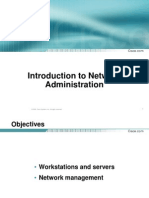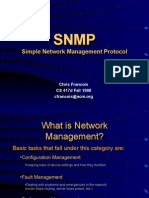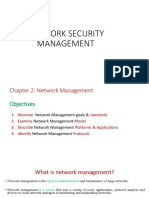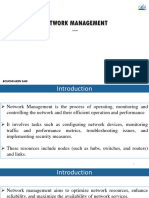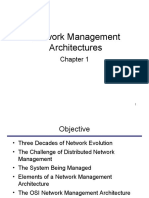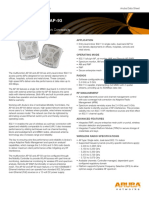Network Administration
1
�Objectives
2
�Workstations
A workstation is a client computer that is used to
run applications and is connected to a server
from which it obtains data shared with other
computers.
3
�Servers: Connecting Computer Systems
4
�Network Server Environment
5
�Client/Server Environment
6
�Server Farm
7
�Client-Server Interaction
8
�Service Applications and Protocols
9
�TCP/IP Based Services
10
�Evolution of Network Management
11
�Network Management Requirements
12
�Network Management Model
13
�SNMP and CMIP Standards
14
� Components of the Organization Model
The network management station (NMS) is usually a standalone
workstation, but it may be implemented over several systems.
15
�Centralized Network Management Architecture
16
�Hierarchical Network Management
Architecture
17
�Distributed Network
Management Architecture
18
�Management Information Bases
19
�Object Identifiers
20
�SNMP Protocol: Understanding the Agent
21
�SNMP Protocol: Understanding the Protocol
22
�SNMP Protocol: Understanding the
Management Entity
23
�SNMP Protocol: Understanding Community
Strings
24
�Management Protocols and Features
25
�Configuring SNMP
26
�RMON
27
�RMON MIB
28
�The Syslog Facility
29
�Summary
• The functions of a workstation and a server
• The roles of various equipment in a client/server environment
• The development of Networking Operating Systems (NOS)
• An overview of the various Windows platforms
• An overview of some of the alternatives to Windows operating systems
• Reasons for network management
• The layers of OSI and network management model
• The type and application of network management tools
• The role that SNMP and CMIP play in network monitoring
• How management software gathers information and records problems
• How to gather reports on network performance
30



